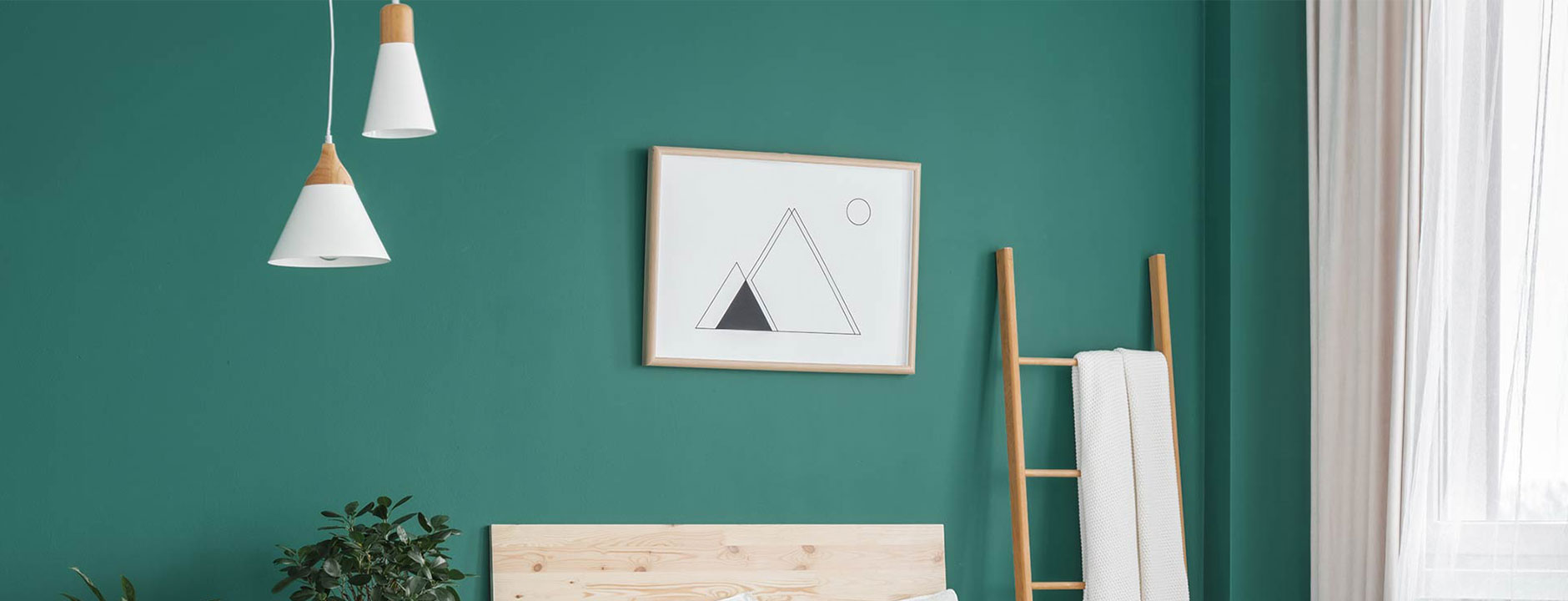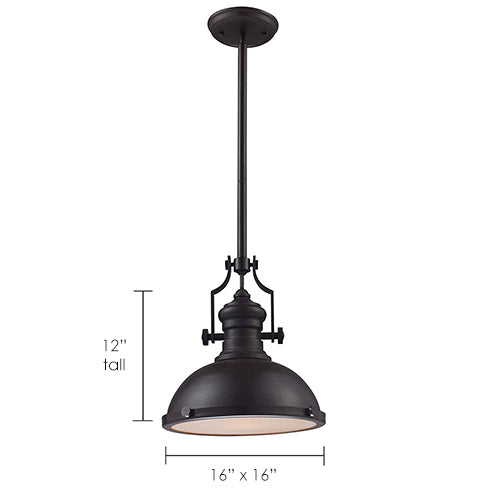The History of the Pendant Light in Modern Interior Design
Just how to Choose the Perfect Pendant Light to Boost Your Interior Decoration
Selecting the best Pendant light requires mindful factor to consider of various aspects. The design ought to line up with the general design, while dimension plays a necessary role in guaranteeing appropriate percentage. Color and coating options can improve aesthetic charm. Additionally, examining light result is essential for functionality - Pendant Light. Understanding these facets can transform a space, creating a welcoming environment. Yet, the process entails greater than just appearance; there are practicalities that should also be dealt with

Comprehending Different Pendant Light Styles
Pendant lights are available in a selection of designs, each offering distinct visual and functional advantages. From commercial designs that feature subjected bulbs and metal finishes to sophisticated glass components that stimulate a feeling of elegance, the choices are vast. Contemporary Pendant lights often emphasize tidy lines and minimal forms, while vintage-inspired designs might incorporate complex describing and warm tones.
For those seeking a rustic appeal, fixtures made from natural materials like timber or rattan supply a comfortable feeling. In addition, multi-light necklaces can work as statement items, combining a number of bulbs in a solitary layout for remarkable result.
Each style adds in different ways to a room, influencing the total atmosphere and character. Comprehending these varied Pendant light styles enables house owners and developers to make educated options that straighten with their indoor design vision, boosting both performance and aesthetic allure in their atmospheres.
Figuring Out the Right Size for Your Room
When picking a necklace light, accurately gauging the ceiling height is essential for attaining the appropriate balance in a room. Furthermore, computing the scale of the fixture in regard to the surrounding area assurances that the light matches instead than overwhelms the layout. These factors play a vital duty in producing an unified interior setting.
Action Ceiling Height
To attain a cosmetically pleasing design, determining ceiling elevation is vital for picking the ideal size of Pendant light. The elevation of the ceiling straight affects the range and percentage of the lights fixture. Precede with common eight-foot ceilings, Pendant lights should typically spend time 30 to 36 inches over the surface area listed below, such as a table or cooking area island. For greater ceilings, modifications have to be made appropriately, as a greater installment can produce an extra dramatic effect. It is essential to mirror on the general room dimensions and design when establishing the perfect elevation. Precise dimensions aid guarantee that the Pendant light not just complements the room's design however additionally gives ample illumination without overwhelming the room.
Calculate Component Scale
Picking the ideal size for an illumination fixture is crucial for producing harmony in a space's layout. To calculate component scale, one have to think about the dimensions of the room. A typical standard includes adding the area's size and size in feet, which provides an ideal size in inches for a necklace light. A space gauging 10 feet by 12 feet recommends a component diameter of about 22 inches. Furthermore, the height of the ceiling plays an essential role; taller ceilings might accommodate bigger components. Making sure the Pendant hangs at an appropriate elevation-- usually 30 to 36 inches above surface areas-- further enhances performance and visual appeal. Effectively scaled fixtures can change an area, making it feel inviting and well-coordinated.
Taking Into Consideration Color and Complete Alternatives
When picking a pendant light, the interplay of color and finish can substantially affect the overall visual of a space. Working with the light's color scheme with existing decor assures a harmonious style, while the option of surface product can improve appearance and design. Thoughtful consideration of these aspects is important for accomplishing a cohesive look in indoor layout.
Shade Palette Control
Color palette coordination plays an essential role in attaining a harmonious interior decoration, especially when choosing pendant lights. Choosing a necklace light that complements the existing color pattern enhances the overall visual. For example, a light with warm tones can produce a comfy environment in a space full of earthy hues, while cooler shades may integrate successfully with a modern-day, minimalist palette. It is essential to take into consideration the leading colors in the room, making certain that the Pendant light either blends effortlessly or offers a striking comparison. Furthermore, including accent colors from the combination can connect the layout together, developing a cohesive appearance. Eventually, thoughtful color control boosts the aesthetic effect of the Pendant light within the interior style system.
End Up Material Considerations

The option of surface materials for Pendant lights considerably affects the total style aesthetic of an check area. Various finishes, such as matte, glossy, or distinctive, can develop varying visual impacts. For instance, a sleek steel surface might Website evoke a modern-day, commercial environment, while a matte or brushed surface can lend a softer, more organic feeling. Shade alternatives, varying from timeless blacks and whites to vivid tones, likewise play an essential role in balancing with existing decor. In addition, products such as glass, timber, or ceramic can boost the Pendant's personality and enhance surrounding components. Inevitably, selecting the appropriate finish material assures the Pendant light not only brightens however also boosts the area's style narrative.
Evaluating Light Outcome and Performance
Light output and functionality are fundamental elements in selecting the perfect Pendant light for any kind of area. Assessing the brightness of a necklace light involves recognizing lumens, which gauge the overall light released. A greater lumen matter commonly shows a brighter light, necessary for jobs such as analysis or food preparation. Additionally, the color temperature, determined in Kelvin, affects the setting; warmer tones create a relaxing atmosphere, while cooler tones promote performance.
Performance expands beyond brightness to include the fixture's style and placement. Flexible pendants can supply versatile illumination for different activities, while taken care of options include a statement to the design. Additionally, considering the elevation at which the Pendant will hang is essential, as it affects both light circulation and safety and security. Ultimately, a well-assessed light output and functionality will certainly assure that the picked Pendant light meets both visual and sensible needs in the intended room.
Matching Pendant Lights With Your Inside Design Motif
Just how can one ensure that Pendant lights improve the general indoor design theme of an area? The key depend on selecting fixtures that reverberate with the well-known aesthetic. In a minimal setting, smooth and basic designs in neutral shades can produce a cohesive look. Alternatively, a vintage-themed space may benefit from elaborate Pendant lights, featuring complex layouts or warm tones that stimulate fond memories.
Furthermore, thinking about the material and finish of the Pendant light is necessary. Steels like brass or copper can add a touch of elegance to a modern area, while timber aspects Check This Out may complement rustic interiors.
Shade consistency also plays a substantial role; picking shades that align with the space's palette assurances that the illumination really feels integrated as opposed to misplaced. Inevitably, the best Pendant lights must not just illuminate however also act as a stylistic extension of the total layout, improving the setting and personality of the area.
Installation and Positioning Tips for Maximum Impact

In bigger rooms, take into consideration using larger collections or necklaces to stop them from feeling lost in the area. For an open-concept design, aligning the pendants with other design aspects, like countertops or furnishings lines, cultivates cohesion. Furthermore, dimmer buttons can boost flexibility, enabling flexible atmosphere. Inevitably, thoughtful setup and placement of Pendant lights can change the aesthetics and performance of any type of interior decoration.
Frequently Asked Concerns
What Are the very best Products for Pendant Lights?
The ideal products for Pendant lights consist of glass for elegance, metal for sturdiness, and fabric for heat. Each product supplies unique appearances, permitting designers to create flexible illumination remedies that enhance various indoor designs and atmospheres.
Just how Do I Maintain and Clean Pendant Lights?
Preserving and cleaning pendant lights entails routine cleaning, making use of a wet cloth for surfaces, and using gentle cleansers for glass components. Normal look for loose installations guarantee security and extend the lifespan of the fixtures.

Can Pendant Lights Be Dimmable?
The question of whether Pendant lights can be dimmable matters for many. Different models supply dimmable features, enabling users to adjust brightness, boosting setting and capability. Compatibility with dimmer buttons is crucial for peak performance.
What Is the Life-span of Normal Pendant Light Bulbs?
The life expectancy of regular Pendant light bulbs differs considerably. Incandescent light bulbs last regarding 1,000 hours, while small fluorescent lights (CFLs) can last 7,000 to 15,000 hours. LED light bulbs offer the longest life expectancy, reaching up to 25,000 hours or even more.
Are Pendant Lights Suitable for Outdoor Use?
Pendant lights can be suitable for outside use, however they need to be especially created for such environments. Weather-resistant materials and appropriate installment are important to ensure durability and safety and security versus components like dampness and wind.
Shade palette control plays a crucial role in accomplishing a harmonious interior style, specifically when choosing pendant lights. The choice of coating products for Pendant lights substantially influences the general design aesthetic of a space. Light outcome and capability are fundamental aspects in selecting the suitable Pendant light for any kind of space. Assessing the illumination of a pendant light involves understanding lumens, which gauge the complete light released (Pendant Light). Just how can one ensure that Pendant lights improve the total indoor layout style of an area?